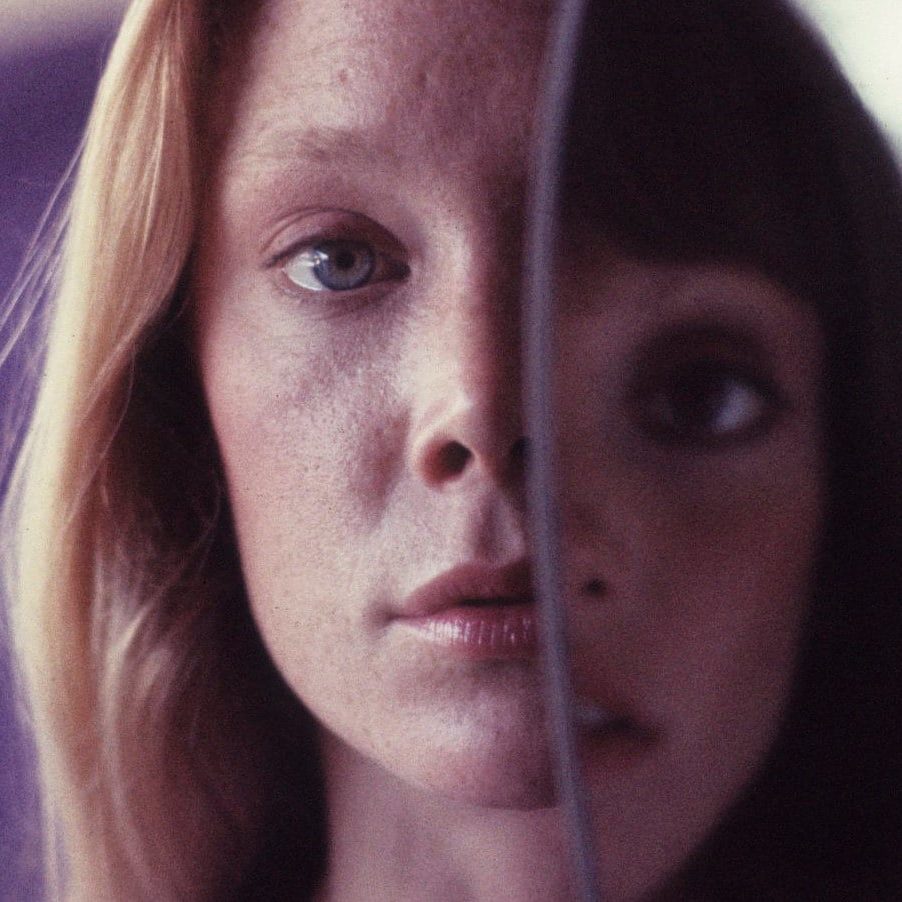Satan, Fangs, and Cleavage: Twins of Evil
With a filmography that prominently features horror icons Peter Cushing and Christopher Lee, it’s no surprise that Britain’s famed Hammer Film Productions has an expansive back catalog that showcases everything from vampires to zombies to witchcraft. Throughout the 50s and 60s, Hammer produced seminal films like Brides of Dracula (1960), The Curse of Frankenstein (1957), and The Devil Rides Out (1968).
But unlike the UK’s other famous horror master, Alfred Hitchcock, the Hammer brand of thrills, chills, and kills has not aged particularly well. While I recognize the influence that The Curse of Frankenstein had on gore and violence in cinema, the production is stodgy, stiff, and too melodramatic for most modern audiences. The same can be said about the majority of their Dracula and Frankenstein movies from the same era as well. Read More...
The Quiet Terror of Robert Altman's "3 Women"
Let’s get this out of the way right from the get-go: Robert Altman’s 3 Women is the best horror movie that you’ve probably never seen. It’s so good, in fact, that esteemed film critic Roger Ebert of the Chicago Sun-Times named it as his favorite film of 1977 (and that was the year Star Wars came out).
But I have to be honest, it’s not really a horror movie in the conventional sense of the word. You won’t find any zombies, vampires, or hockey mask-wearing killers anywhere in this film. There’s a little bit of blood—so minimal I almost didn’t mention it—but that’s about it. On the surface, 3 Women seems like it’s just another late-1970s art-house character study, but its deep exploration of theme sets it above the rest and turns it into a phenomenal film. 3 Women dives headfirst into the subtle terror of personality theft, identity, and the idea of losing your sense of self to someone else. Read More...
The House That Dripped Blood
Modern horror anthologies can be a mixed bag of goodies. Sometimes you get something sweet like Trick ‘r Treat (2007), but more often than not you get something that’s mostly sour like XX (2017). At their very best, horror anthologies are a proving ground for new directors and, at their very worst, they’re a transparent cash grab from low-budget production companies.
The House that Dripped Blood (1971) lands somewhere between sweet and sour, but it’s well worth a watch for the crisp and beautiful cinematography from Ray Parslow alone. This movie is a kaleidoscope of eye-popping color that will leave you begging for the swift return of Technicolor Film. This is not the desaturated world of Saving Private Ryan (1999), it’s the vibrant decadence of The Wizard of Oz (1939) seen through the eyes of a madman. Read More...
Livescream: Would you die for a video game?
In the age of streaming and the never-ending flow of content that’s direct-to-VOD, it may seem like original horror stories are becoming a rare breed. How many movies can they make about creepy dolls or kids? Is this another slasher set at a summer camp? More Stephen King adaptations? Sure, Color Out of Space was awesome, but wasn’t it super similar to Annihilation? And isn’t Midsommar just a 2019 re-mix of The Wicker Man (1973)?
When movies are made to fit into specific subgenres or molds, they often feel like they’re retreading similar ground. Don’t get me wrong, you can’t blame filmmakers for being inspired by other filmmakers, but modern cinema is becoming too incestual. Read More...



